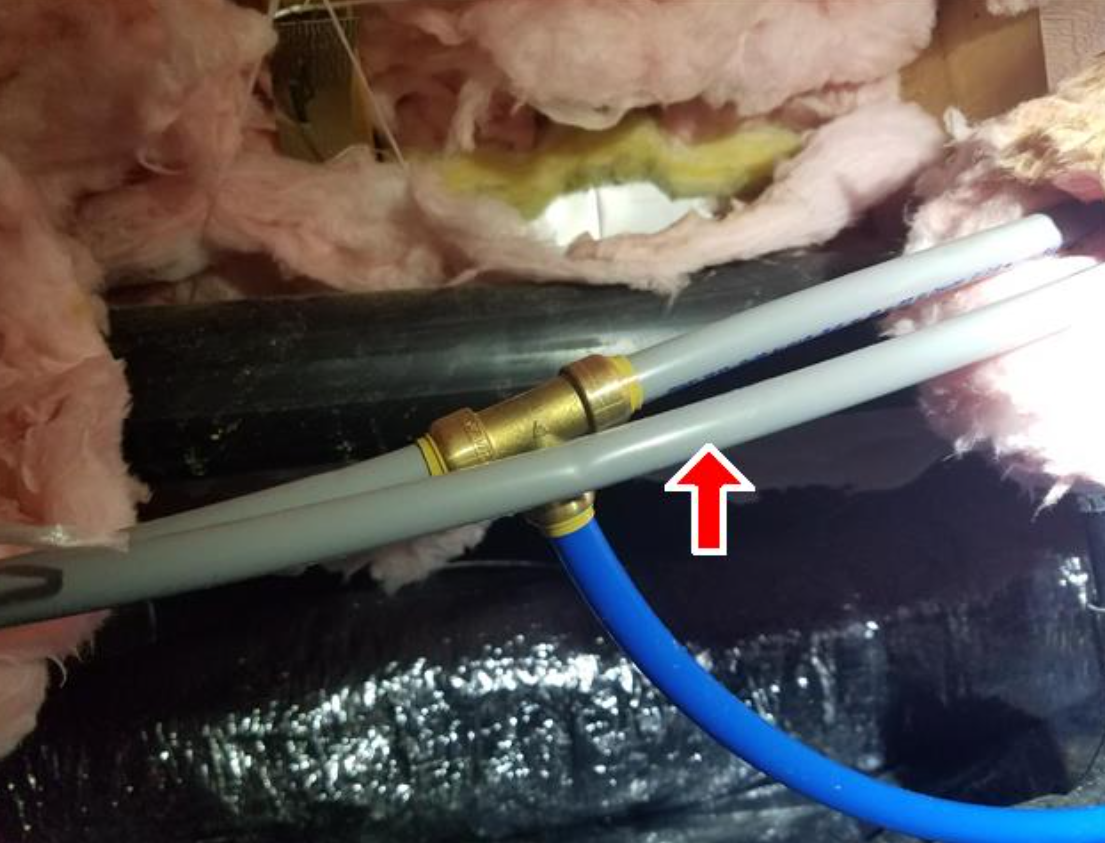
While all homes have defects, whether naturally occurring or man made, that are unique to a multitude of circumstances such as building materials and installation techniques, site and weather conditions, as well as many others, it is important to know some of the more common defects that are unique to manufactured homes. Typically, many defects found on manufactured homes when conducting an inspection are directly related to the age of the home, lack of maintenance, poor installation techniques, or a combination of the like.
Outdated electrical panels and wiring are a common, but significantly important, defect found in older manufactured homes. This is especially true for manufactured homes built before 1976 when HUD (Housing and Urban Development) banned the use of aluminum wiring in manufactured homes. Aluminum wiring was commonly used as branch circuit wiring from the early 1960’s to the early 1970’s and was popular for due to its inexpensive price compared to copper wiring. The issue with this is that aluminum wiring is that aluminum is known to expand and contract, which can weaken connection points. Additionally, aluminum wiring is known to oxidize when in contact with copper, which can create a greater resistance in the wiring and thus creating conditions conducive to a fire hazard.
Other common defects include outdated plumbing supply lines such as polybutylene. Polybutylene plumbing pipes were popular due to their low costs and easy installment; this was especially prevalent in manufactured homes. However, over time polybutylene plumbing is known to oxidize from exposure to chlorine in the water supply, which causes the pipes to swell and crack, which can lead to widespread flood damage throughout the home, usually without any warning. This led to numerous class action lawsuits which inevitably resulted in the banned use of the material in 1995. Polybutylene plumbing can usually be identified by the common dark gray color (also sometimes black or blue) and copper fittings. Additionally, a stamp labeled “PB2110” may be visible on the pipe.
Another issue commonly seen on manufactured homes is support defects such as foundations and/or posts or piers supporting the structure. Because manufactured homes are unique in that they are pre-built structures that are attached to a site built support structure, the requirements for structural support are different than those of a more traditional site built home. While most homes are constructed to building standards at the time of construction, many defects found in a manufactured home’s support structure are related to improper retrofitting to help stabilize the structure. Because manufactured homes are more top-heavy than other traditional homes, it is important to ensure your home is properly secured using modern building standards and techniques by a qualified expert.
While these defects, among others, are commonly found in older manufactured homes, it is important to remember that no home is built perfectly and almost any defect can be repaired at a cost. When considering buying a manufactured home, you should keep expectations realistic with certain aspects of the home, such as age, condition, and how updated modern building practices can help extend the life of the home. This combined with a thorough home inspection will give you the confidence needed to make a good decision in your next home buying process. Below is a link to a video that provides more information on manufactured homes and common defects found.
